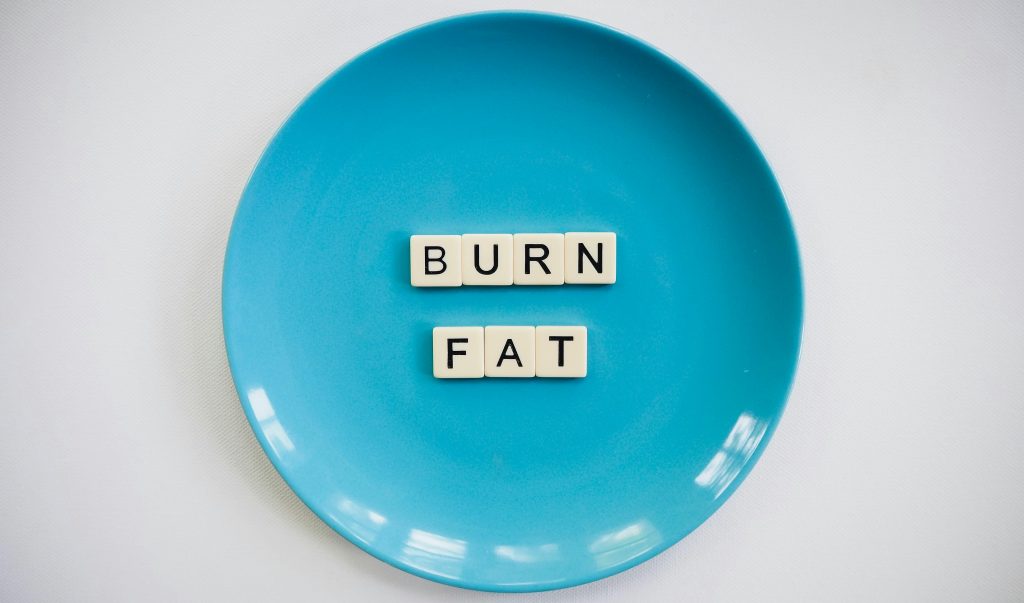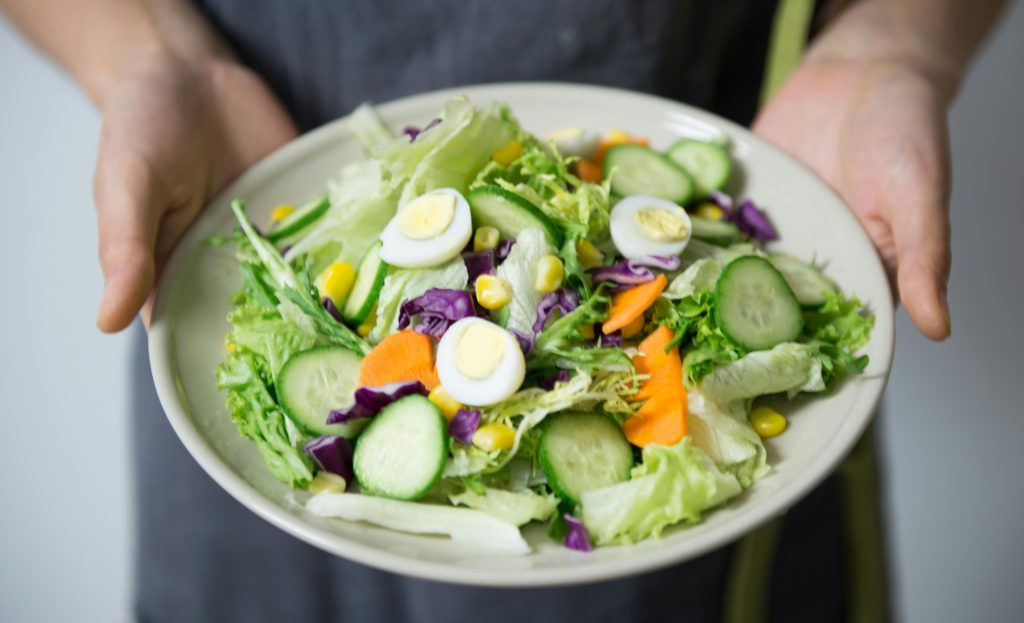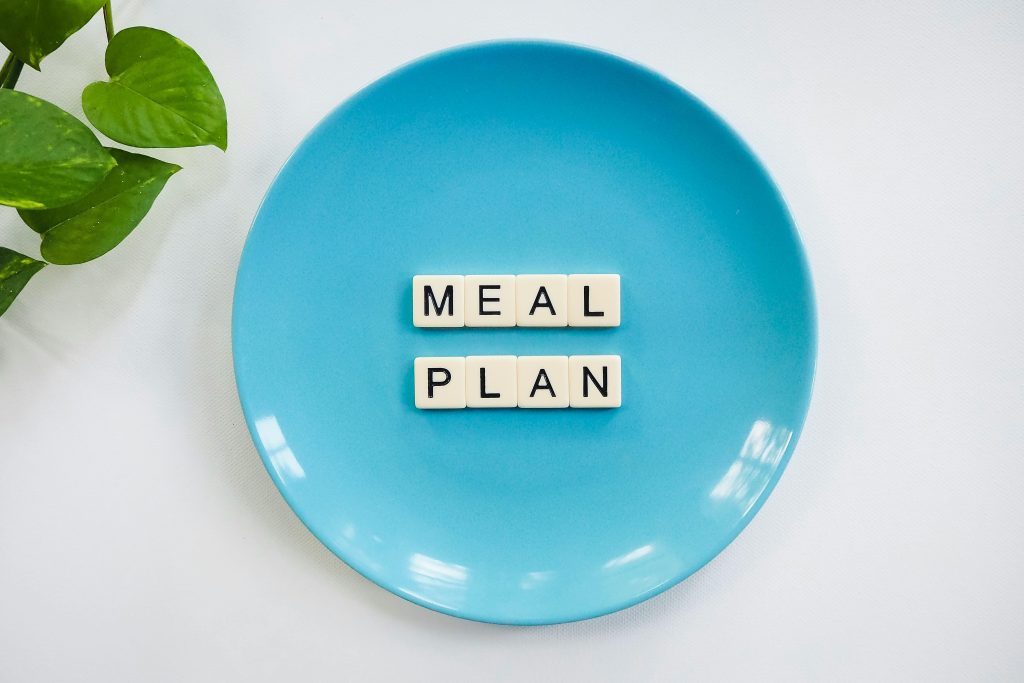

The Keto Diet short for ketogenic diet has taken the health and wellness world by storm. From social media transformations to celebrity endorsements, keto has been praised for its weight-loss potential and energy boosting effects.
But if you’re new to keto, the concept of eating more fats, fewer carbs, and moderate protein might feel confusing or even intimidating. Questions like “How does it actually work?” or “What foods are allowed?” are common for beginners.
This guide, Keto Diet 101, will walk you through how the keto diet works, what to eat, what to avoid, and how to start safely, so you can decide if it’s the right lifestyle for you.
What Is the Keto Diet?
The Keto Diet is a low-carb, high-fat eating plan designed to shift your body into ketosis, a metabolic state where your body burns fat for fuel instead of carbohydrates.
How Keto Works in the Body
Under normal conditions, your body relies on glucose from carbs as its main energy source. When you drastically reduce carbohydrate intake usually 20–50 grams per day, your body has to find a new fuel source.
- Glycogen stores deplete. Your body burns through stored glucose in muscles and liver.
- Fat breakdown begins. Your liver starts converting fats into ketones.
- Ketosis occurs. Your body runs primarily on ketones for energy, burning fat efficiently.
This metabolic switch can:
- Enhance fat loss
- Stabilize blood sugar levels
- Improve mental focus and energy
Core Principles of the Keto Diet
To follow the keto diet correctly, you need to understand the macronutrient breakdown:
- Fat: 70–75% of daily calories
- Protein: 20–25%
- Carbohydrates: 5–10% (about 20–50 grams net carbs)
By keeping carbs extremely low, you force the body into ketosis and maximize fat-burning potential.
What to Eat on the Keto Diet
The secret to thriving on keto is choosing the right foods that keep you full, provide nutrients, and support ketosis.
1. Healthy Fats
Fats are the foundation of keto. Focus on unprocessed, nutrient-rich sources:
- Avocados and avocado oil
- Olive oil and coconut oil
- Nuts and seeds (almonds, chia, flaxseeds)
- Butter and ghee
- Fatty fish (salmon, sardines, mackerel)
2. Protein Sources
Protein should be moderate, not excessive, to prevent converting to glucose through gluconeogenesis:
- Meat: beef, pork, lamb, poultry
- Eggs (a keto staple!)
- Fish and shellfish
- Plant-based protein options: tofu, tempeh
3. Low-Carb Vegetables
Focus on non-starchy, fiber-rich vegetables:
- Leafy greens: spinach, kale, lettuce
- Cruciferous veggies: broccoli, cauliflower, Brussels sprouts
- Zucchini, cucumber, mushrooms, bell peppers
These provide fiber, vitamins, and minerals without knocking you out of ketosis.
4. Keto-Friendly Dairy (Optional)
If tolerated, full-fat dairy works well on keto:
- Cheese (cheddar, mozzarella, brie)
- Heavy cream and sour cream
- Greek yogurt (unsweetened, full-fat)
5. Keto Snacks and Beverages
When hunger strikes between meals:
- Hard-boiled eggs
- Cheese sticks
- Nuts and seeds
- Bulletproof coffee (coffee with butter or MCT oil)
- Herbal tea or sparkling water
What to Avoid on the Keto Diet
The most critical part of keto is avoiding foods that spike blood sugar and prevent ketosis.
1. High-Carb Foods
- Bread, pasta, rice, and cereal
- Potatoes, sweet potatoes, and corn
- Pastries, cakes, and cookies
2. Sugary Foods and Drinks
- Soda, fruit juice, and energy drinks
- Candy, chocolate bars (except sugar-free or dark chocolate)
- Honey, maple syrup, agave
3. Processed and Low-Fat Products
Many “low-fat” foods compensate with added sugar or starches. Skip:
- Flavored yogurt
- Packaged granola bars
- Sweetened plant-based milks
Benefits of the Keto Diet
Thousands of people swear by keto for both weight loss and overall wellness.
1. Weight Loss and Fat Burning
By switching to fat as your primary fuel:
- Your body burns stored fat more efficiently
- Appetite often decreases naturally due to stable blood sugar
2. Improved Energy and Focus
Ketones are a steady energy source for the brain:
- Reduces energy crashes
- Enhances mental clarity and productivity
3. Better Blood Sugar and Insulin Control
For some individuals, keto can:
- Lower insulin levels
- Stabilize blood glucose
- Potentially benefit those with type 2 diabetes (with medical supervision)
Potential Challenges and Side Effects
Like any lifestyle change, keto comes with adjustment phases:
1. Keto Flu
In the first week, some experience:
- Fatigue, headaches, or brain fog
- Mild digestive changes
Solution: Stay hydrated, increase electrolytes, and give your body time to adapt.
2. Social and Meal Planning Challenges
Dining out or traveling can be tricky. Plan ahead with:
- Keto snacks
- Knowledge of restaurant menu options
- Simple, portable meals like boiled eggs or cheese sticks
Tips to Start the Keto Diet Successfully
- Plan your meals and track carbs carefully at first.
- Stock your pantry with keto essentials, healthy oils, nuts, eggs, and low-carb veggies.
- Increase water and electrolytes to combat keto flu.
- Be patient, ketosis can take 3–7 days to fully kick in.
- Listen to your body and adjust fat/protein ratios for energy and satiety.
Final Thoughts: Is the Keto Diet Right for You?
The Keto Diet can be a powerful tool for weight loss, increased energy, and improved metabolic health, but it isn’t a one-size-fits-all approach. Success depends on understanding the science of ketosis, making the right food choices while avoiding hidden carbs, and planning meals that keep you satisfied and consistent.
If you decide to start, it’s best to ease into keto mindfully and seek medical guidance if needed. With the right approach, this way of eating can transform not only your health but also your relationship with food.


